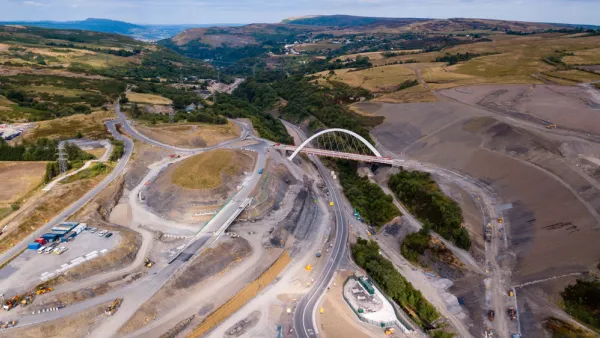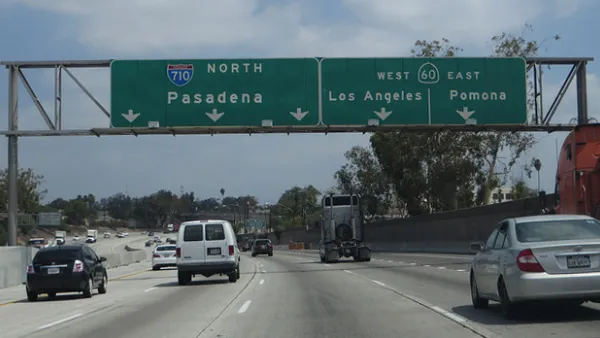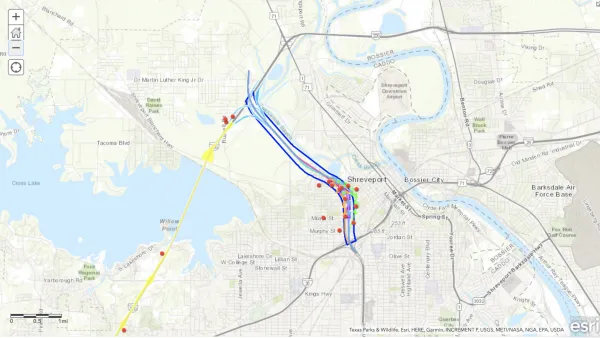According to Charles Marohn, institutional inertia continues to carry the nation's transportation agencies on a wayward path that correlates highway spending with economic development. He offers 9 principles to guide "Next Generation DOTs."
Marohn argues that the "highway building heyday" has left the nation's transportation agencies simultaneously over committed and under funded. "In reality," he says, the corellation between highway building and increased prosperity is "an illusion brought about by quick and easy development leveraged off these massive investments."
"It is the Ponzi scheme of the Suburban Experiment," he adds. "We're in the unwinding phase."
So what are the principles and understandings that America's DOTs must embody to correct course? Marohn offers the following:
- Transportation spending is not economic development.
- Transportation spending is not job creation.
- We need to budget based on what we have, not what we want to do.
- The most unsafe condition we can build is a STROAD. Our primary design goal must be to eliminate them.
- We must build differently within a city than we build outside of it.
- We need to improve travel time by eliminating access points outside of cities.
- We must stop using traffic projections to give a veneer of expertise to something we have proven incapable of doing: predicting the future.
- We need to build transit, but only through a value capture funding approach.
- We must remain humble in the face of adversity.
"The word contraction is sure to become part of this generation's lexicon," concludes Marohn, "particularly when it comes to and cities and our infrastructure systems. We need to acknowledge -- to ourselves and to society -- that we do not have a pain free solution to the contraction dilemma. In fact, our toolbox contains no solutions, just rational responses that begin with acknowledging the reality of contraction."
FULL STORY: The Next Generation DOT

Analysis: Cybertruck Fatality Rate Far Exceeds That of Ford Pinto
The Tesla Cybertruck was recalled seven times last year.

National Parks Layoffs Will Cause Communities to Lose Billions
Thousands of essential park workers were laid off this week, just before the busy spring break season.

Retro-silient?: America’s First “Eco-burb,” The Woodlands Turns 50
A master-planned community north of Houston offers lessons on green infrastructure and resilient design, but falls short of its founder’s lofty affordability and walkability goals.

Test News Post 1
This is a summary

Analysis: Cybertruck Fatality Rate Far Exceeds That of Ford Pinto
The Tesla Cybertruck was recalled seven times last year.

Test News Headline 46
Test for the image on the front page.
Urban Design for Planners 1: Software Tools
This six-course series explores essential urban design concepts using open source software and equips planners with the tools they need to participate fully in the urban design process.
Planning for Universal Design
Learn the tools for implementing Universal Design in planning regulations.
EMC Planning Group, Inc.
Planetizen
Planetizen
Mpact (formerly Rail~Volution)
Great Falls Development Authority, Inc.
HUDs Office of Policy Development and Research
NYU Wagner Graduate School of Public Service




























